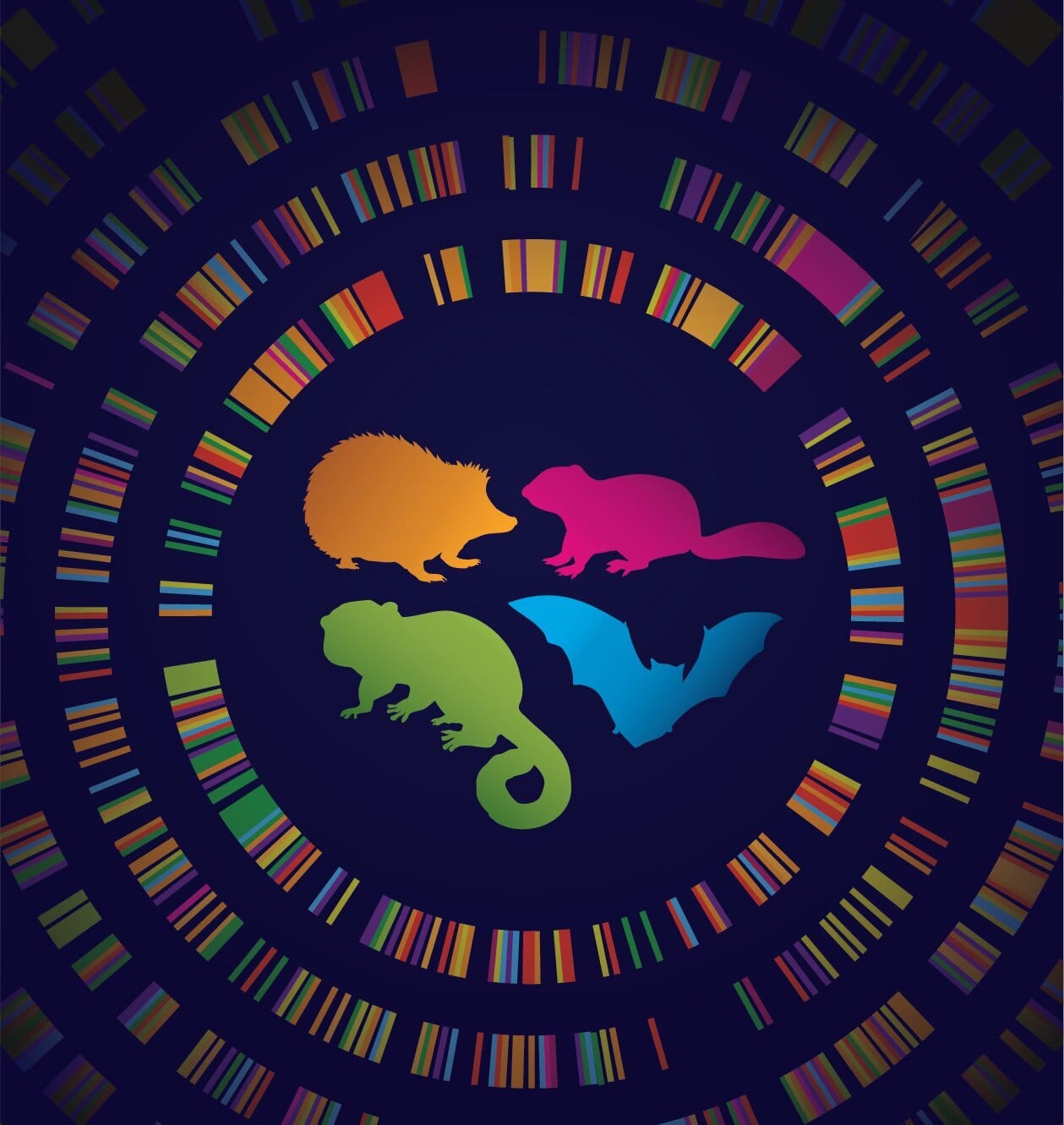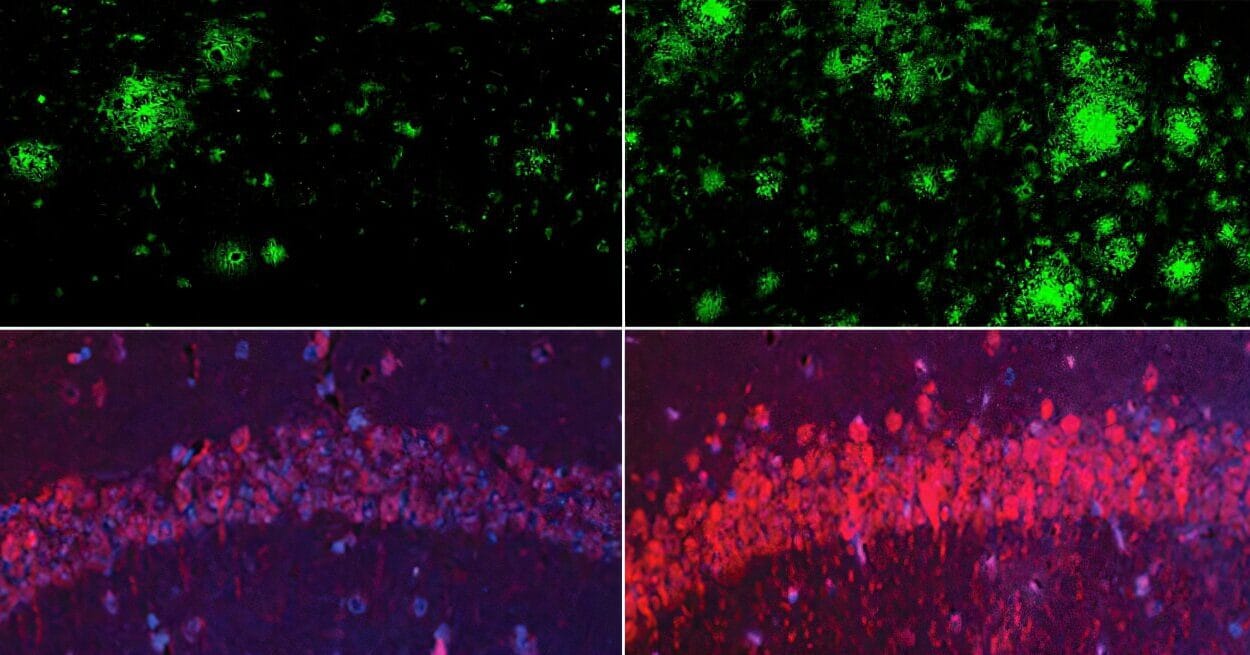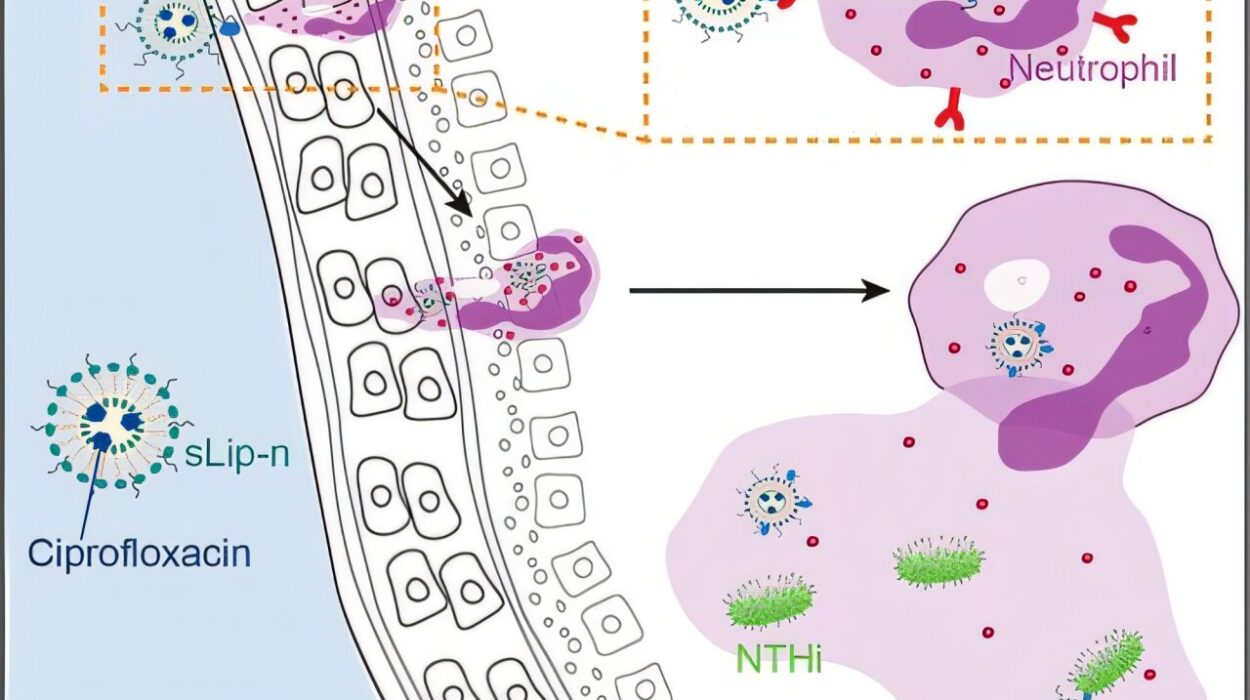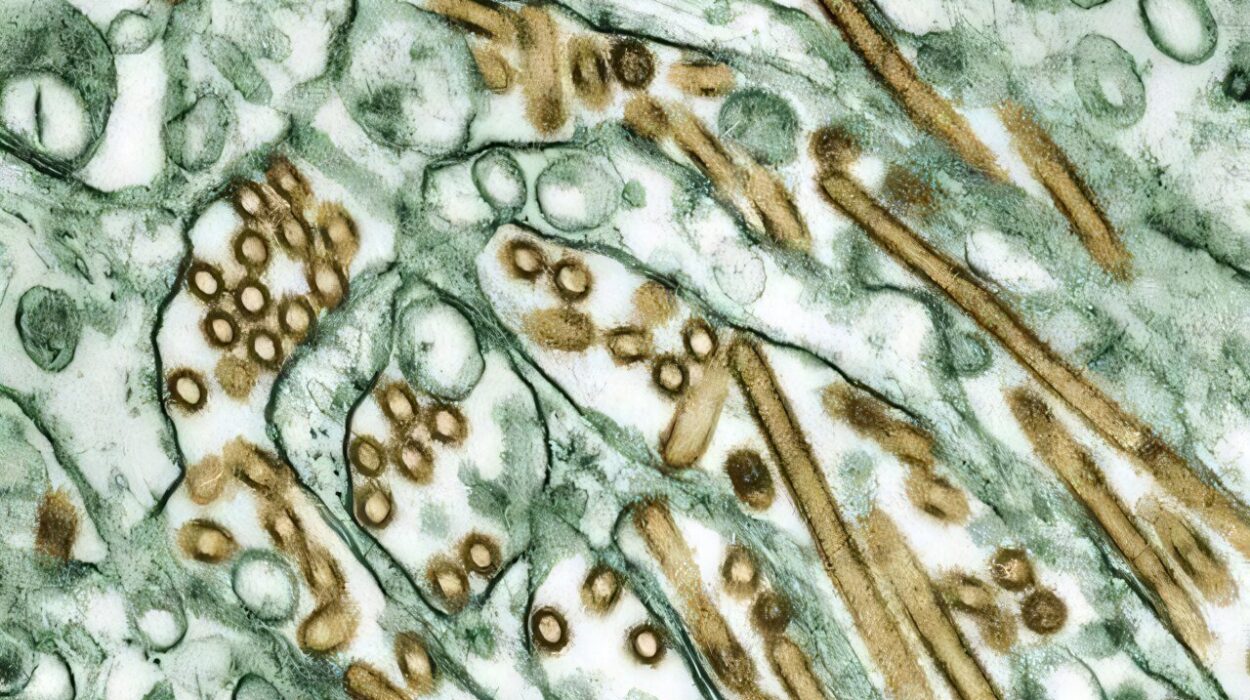Imagine sleeping through winter, your body temperature dropping close to freezing, your heart slowing, your muscles idle for months—and waking up not just unharmed but seemingly renewed. This is no sci-fi fantasy but the breathtaking reality of hibernation in animals like ground squirrels and bears. These creatures slip into a state of suspended animation, dodging damage from conditions that, in humans, would be life-threatening. They don’t eat, drink, or move, yet their bodies resist the muscle atrophy, metabolic collapse, and brain degeneration that accompany diseases like type 2 diabetes, Alzheimer’s, and even stroke in humans.
But what if we told you that the secret behind their resilience might already lie hidden in your own DNA?
Groundbreaking genetic research published in Science suggests just that. Two new studies uncover how hibernators manipulate specific regions of their genome—regions humans also possess—to pull off their physiological miracles. These discoveries don’t just explain how animals survive their long winters. They open the door to potentially transforming how we treat some of the most stubborn diseases of aging and metabolism.
Cracking the Genetic Code of Hibernation
Scientists have long marveled at hibernation, but understanding it at a molecular level has proven elusive. The new research, led by University of Utah Health scientists, offers the first compelling glimpse into the genetic control systems behind this frozen feat.
At the heart of the studies lies a curious paradox: the same part of the genome that hibernators use to orchestrate their superpower-like transformations is also the strongest genetic risk factor for obesity in humans. Known as the fat mass and obesity-associated (FTO) locus, this gene cluster has long puzzled scientists. But hibernators appear to use it not as a source of disease but as a tool for survival.
“It’s a dramatic shift in perspective,” says Dr. Chris Gregg, a senior author on the studies. “Hibernators have found a way to use the same genetic landscape we carry to enhance their metabolism, not hinder it.”
The key isn’t in the genes themselves, but in the non-coding DNA sequences nearby—once dismissed as “junk DNA”—that function like molecular conductors, turning genes up or down like dials in a control room. These regulatory regions, scientists discovered, are what allow hibernators to fine-tune their physiology, from fat storage to metabolic rate to brain protection.
Metabolism as an Art Form
One of the most striking findings came when researchers began mutating these hibernator-specific DNA sequences in lab mice. With just tiny genetic tweaks—altering regions that aren’t even traditional genes—the researchers observed sweeping effects. Some mice gained or lost weight faster under certain diets. Others saw changes in how efficiently they maintained body temperature. Some even experienced shifts in their baseline metabolic rates.
“When you knock out one of these elements—this one tiny, seemingly insignificant DNA region—the activity of hundreds of genes changes,” explains Susan Steinwand, a research scientist and first author on one of the studies. “It’s pretty amazing.”
These elements act not like switches, but more like dimmers—subtly modulating the volume of the body’s genetic symphony. What this means is that, while humans possess the same foundational elements, our “orchestra” may be playing a very different tune. In fact, our regulatory system might be locked into narrow parameters, unable to tap into the full potential coded into our DNA.
But hibernators? They’ve broken the lock.
How Hibernation Mirrors Human Disease—and Recovery
The truly astounding part is that hibernation isn’t just about slowing down metabolism—it’s about surviving extremes that mimic human disease and aging, then bouncing back as if nothing happened.
During hibernation, animals endure conditions akin to type 2 diabetes, including insulin resistance and spikes in blood sugar. Their brains experience reduced blood flow and oxygen, not unlike what happens during a stroke. Yet when they emerge, these animals return to normal. No brain damage. No diabetes. No loss of muscle.
“Humans have no equivalent ability,” says Elliott Ferris, lead author of the second study. “But we do have the genes. We just don’t yet know how to use them the way hibernators do.”
The implications are staggering. If we could learn to “flip the switch” and mimic the genetic state of hibernators, we might one day reverse neurodegeneration, halt the progression of diabetes, or even slow aging itself.
A Needle in a Genomic Haystack
Finding the precise regions of DNA responsible for hibernation wasn’t easy. The researchers had to mine vast genomes, using a suite of cutting-edge techniques to narrow their focus. First, they identified DNA sequences that remain nearly unchanged across all mammals—but that had rapidly evolved in hibernators. This pattern signals that these regions, long conserved by evolution, had suddenly adapted for something new.
“If a region doesn’t change much for over 100 million years but then shifts quickly in hibernating mammals, that’s a pretty strong clue,” Ferris says.
They then looked at how these regions interact with “hub” genes—genes that act as central control centers for metabolism. Many of the newly identified regulatory DNA elements appeared to influence these hubs directly, acting like master regulators of entire genetic networks.
By layering multiple datasets—evolutionary conservation, gene expression during fasting, chromatin accessibility—the team triangulated a short list of genomic “control centers” that may hold the secret to induced hibernation-like states.
Hibernation’s Evolutionary Hack
One of the most unexpected revelations was how evolution might have enabled hibernation—not by adding new capabilities, but by removing constraints.
Most of the genetic changes linked to hibernation weren’t new functions but rather losses of old limitations. In other words, the genomic “thermostat” in humans may be tightly regulated to keep our bodies in a narrow zone of metabolic stability. In hibernators, that lock may have been broken, granting the freedom to drastically lower body temperature, shut down neural activity, and change fat metabolism on command.
“Think of it like a car,” Steinwand explains. “Humans are driving with the parking brake half on. Hibernators took it off.”
This suggests an incredible possibility: we may already have everything we need to mimic hibernation, genetically speaking. What we lack is access to the control panel.
From Winter Sleep to Future Medicine
The implications of these findings stretch far beyond academic curiosity. If scientists can learn to manipulate the regulatory regions identified in these studies, it may be possible to engineer states of suspended animation in humans—useful for long-duration space travel, emergency medicine, or surgical recovery.
More immediately, tweaking these control regions could offer novel treatments for metabolic diseases. Imagine “pausing” insulin resistance the way a ground squirrel does, or gently adjusting metabolic rate in patients with obesity, not by brute force but by orchestrating a body-wide genetic tune-up.
The discoveries could also lead to neuroprotective therapies, helping the brain withstand reduced oxygen during cardiac arrest or traumatic brain injury, the same way hibernators do every winter.
“This is the tip of the iceberg,” says Gregg. “By learning from hibernators, we could unlock a new class of medicine—based not on external drugs, but on awakening hidden capabilities in our own genome.”
A Quiet Revolution in Our DNA
In a world of flashy gene editing tools and synthetic biology, these findings point to something more elegant and perhaps more profound: we may not need to create new genes or implant foreign DNA to achieve extraordinary outcomes. Instead, we may only need to rediscover the ancient resilience coded into our cells.
Like nature’s own time travelers, hibernating animals remind us of a truth both humbling and full of potential. The secrets to surviving extremes, to resisting disease, and to rewriting the rules of aging may already exist within us. We just haven’t learned to listen to them—yet.
And if we do? The next great leap in medicine might come not from building something new, but from awakening what has always been there.
More information: Elliott Ferris et al, Genomic convergence in hibernating mammals elucidates the genetics of metabolic regulation in the hypothalamus, Science (2025). DOI: 10.1126/science.adp4025. www.science.org/doi/10.1126/science.adp4025
Susan Steinwand et al, Conserved noncoding cis elements associated with hibernation modulate metabolic and behavioral adaptations in mice, Science (2025). DOI: 10.1126/science.adp4701. www.science.org/doi/10.1126/science.adp4701






